On the 2nd May 1536, Queen Anne Boleyn was arrested and transported from Greenwich to the Tower of London in full daylight.
It is often stated that Anne entered the Tower via ‘Traitor’s Gate’, the gate below St. Thomas’s Tower, but this is unlikely.
In Charles Wriothesley’s, A Chronicle of England during the Reigns of the Tudors, from A.D. 1485 to 1559 Vol. 1, he states that
“Anne Bolleine was brought to the Towre of London by my
Lord Chauncelor, the Duke of Norfolke, Mr. Secretarie, and
Sir William Kingston, Constable of the Tower; and when she
came to the court gate, entring in, she fell downe on her knees
before the said lordes, beseeching God to helpe her as she was
not giltie of her a accusement, and also desired the said lordes
to beseech the Kinges grace to be good unto her, and so they left her their prisoner.” (Pg. 36)
There is also a note included stating that ‘court gate’ was referred to as ‘Towergate’ in Stow.
If we look closely at this plan of the Tower of London labelled, “A True and Exact Draught of the TOWER LIBERTIES, survey’d in the Year 1597 by GULIELMUS HAIWARD and J. GASCOYNE” and compare it to the plan of the Tower of London provided by Historic Royal Palaces here, we can see that the building that is labelled ‘The Tower at the Gate’ (B) is today known as the Byward Tower.
In Alison Weir’s, ‘The Lady in the Tower’, when speaking about Anne’s arrival to the Tower after her arrest, Weir states that
‘The oarsmen steered the vessel towards the Byward Tower, then known as the Tower by the Gate, and Anne ‘came to the Court Gate’ (Pg. 135).
She goes on to say that,
‘It is often incorrectly stated that she entered the Tower through the water gate below St Thomas’s Tower, which later became known as Traitor’s Gate, but in the fifteenth and sixteenth centuries it was usual for kings and queens to use the Court Gate in the Byward Tower, the private entrance to the Tower of London from Tower Wharf.’
The Tower of London’s official guidebook also states that the private entrance ‘which gave access to the Tower from the wharf…was often used by royalty in the 15th and 16th centuries.’ Pg. 8
Although originally constructed by Edward I, the gate through which Anne passed, dates from the 15th century.
After disembarking the boat and climbing the stairs on to the wharf, Anne Boleyn would have crossed the drawbridge and entered the Byward postern gate, exiting onto Water Lane,
‘the thoroughfare in the Outer Ward that runs parallel with the River Thames, and it was just a short walk along there, past the rear of the Lieutenant’s House on the left, to the entrance to the palace, where the Queen was to be lodged’ (Weir, Pg. 136).

Another view of the drawbridge and postern entrance. In Anne's time the moat was filled and so the bridge was needed to cross into the Tower.
On the Tudor Trail reader, Katherine Marcella, very kindly marked out on this model of the Tower of London the path Anne likely took from the river. The dots end before the royal lodgings as the exact route taken into the palace is unknown.
Anne Boleyn is not the only high ranking prisoner said to have used this entrance. Her daughter, Princess Elizabeth, is thought to have followed in her mother’s footsteps when she arrived at the Tower as a prisoner on 18 March 1554.
I imagine that her mind must have been plagued with thoughts of her mother’s dreadful end only eighteen years earlier.
Note: Images 3-6 are published here with permission of © Katherine Marcella and the last image kindly provided by © Mike Glaeser.
ReferencesThurley, Simon; Edward Impey and Peter Hammond The Tower of London – Official Guidebook, 1996.
Weir, A. The Lady in the Tower, 2009.
A Chronicle of England during the Reigns of the Tudors, from A.D. 1485 to 1559 Vol. 1.
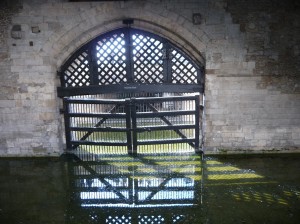

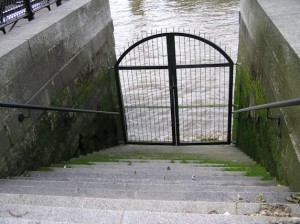










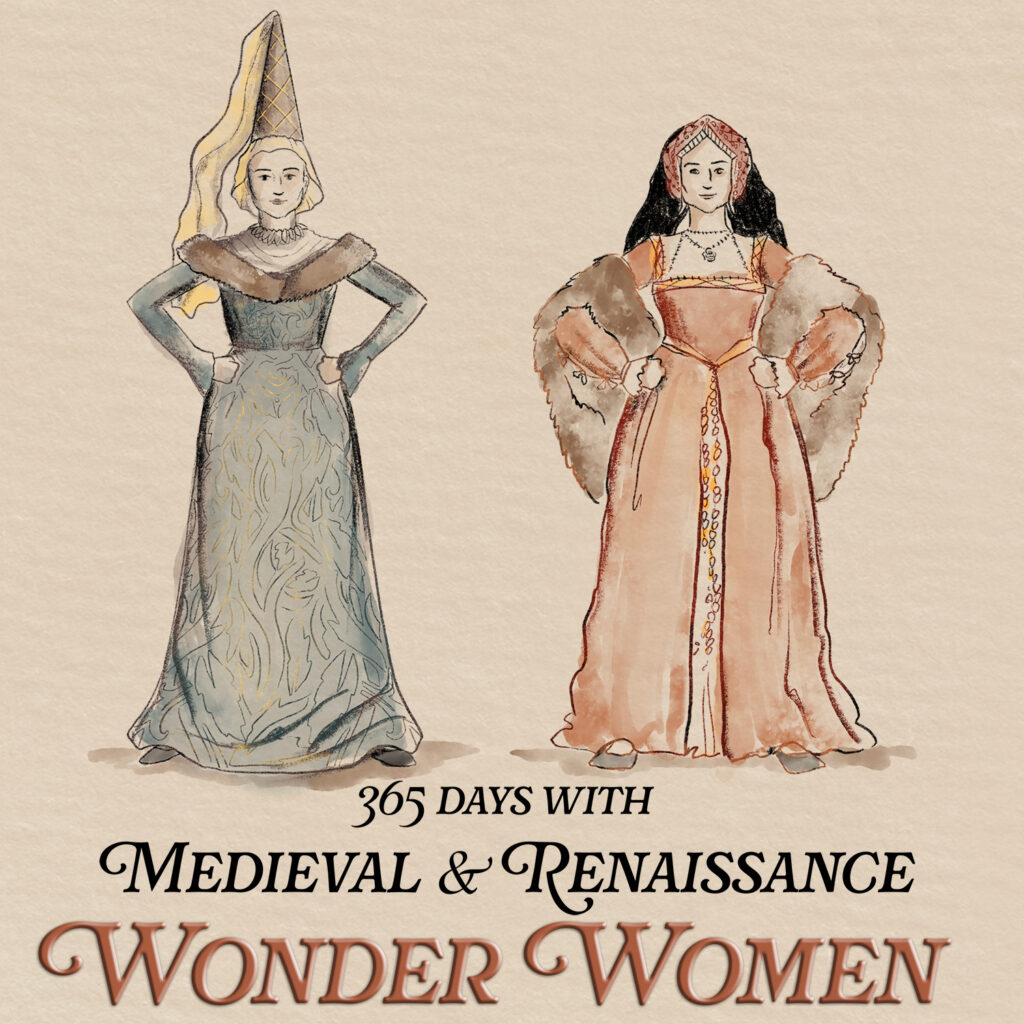

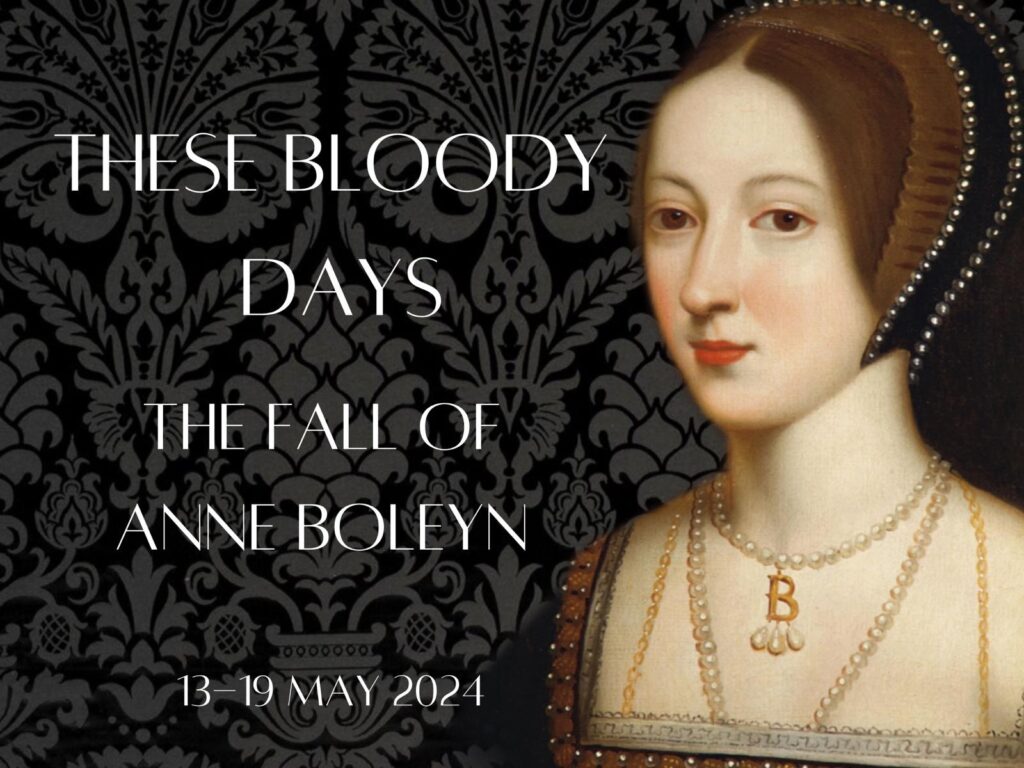








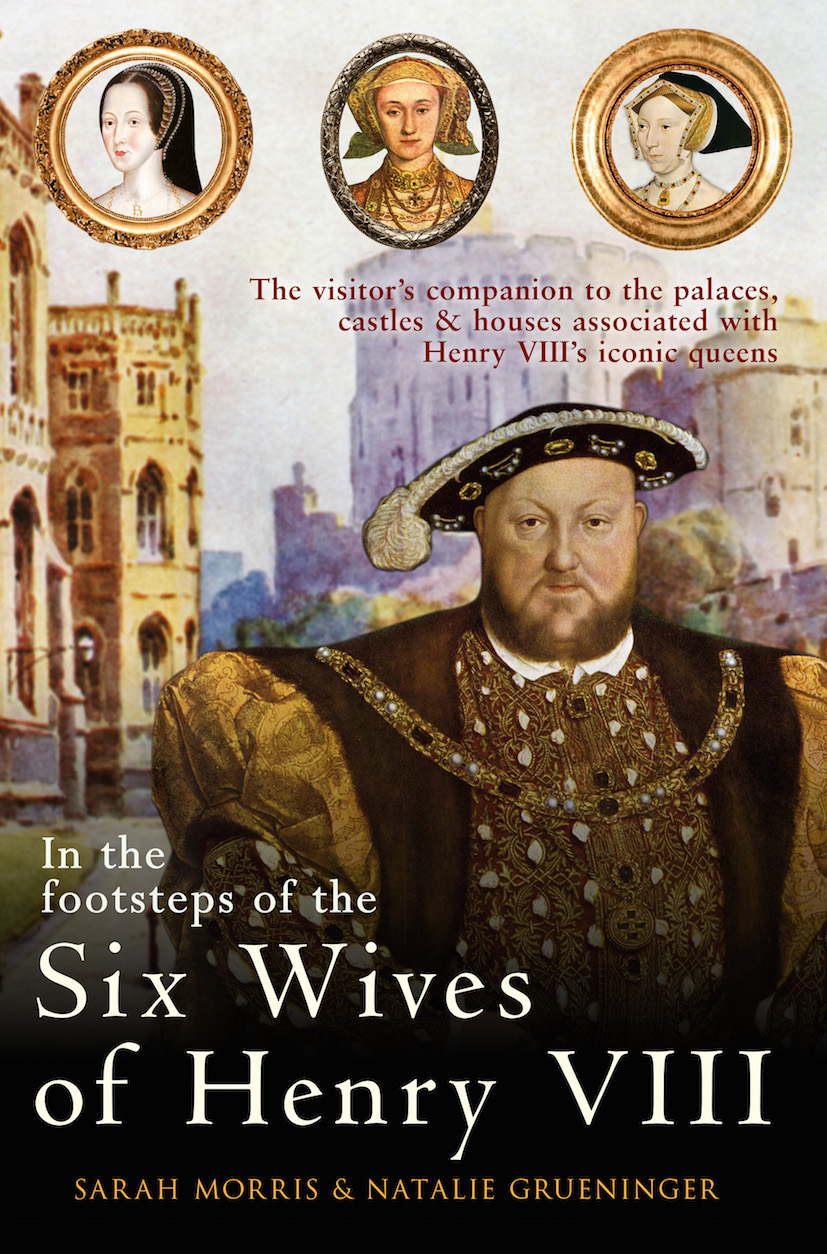
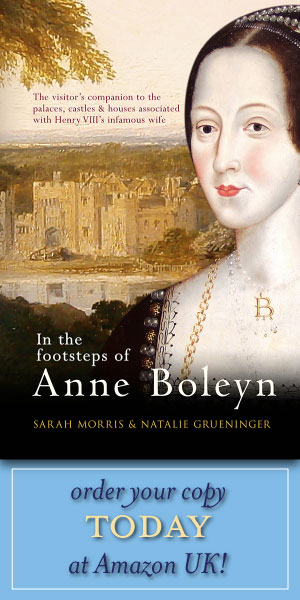


A superb article. Had to click on it a few times before I could read this one but was well worth the effort.
This has to be one of my favourite websites of all time.
Thank you so much for the lovely feedback Kym! I am so glad you are enjoying the site. Natalie
Congrats for writing such a good article. Love when people use primary sources to back up what they say. I really like reading you because you try to be objective and to feel the need to add more drama to situations, and even though you like Anne Boleyn, you don´t let that muddle your judgement; instead you go along with what trust wordy sources say (unlike many sites I see). Keep doing such a good work. Lastly: sorry, english is not ,y first language so is very hard for me to write what I think
Thank you so much for you lovely comment Brenda! And your English is very good 🙂
I just read another article, one on why Elizabeth was imprisoned. How ironic is it that she was released the day her mother died? This article was really good, and hopefully Anne will never be forgotten.
Can you tell me how long would the journey have taken from Hampton Court to the Tower of London in 1536